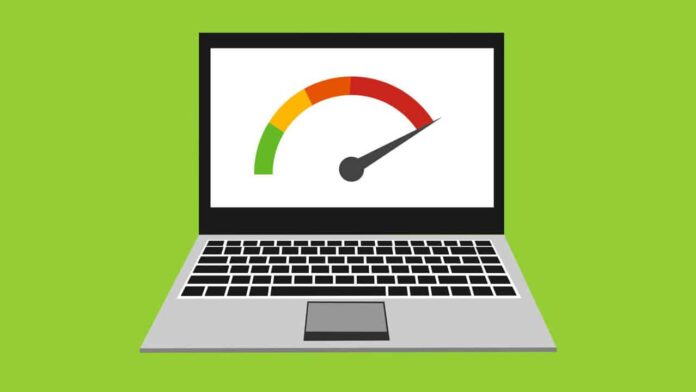1. Introduction to Slow Laptops
Laptops are incredible tools for productivity and entertainment, but over time, they can start to slow down. This slowdown can be frustrating, especially when you’re trying to get work done or enjoy some leisure time. However, there are several strategies you can employ how to speed up laptop and restore its performance.
2. Understanding the Causes of Slowdowns
Hardware Issues
One common cause of laptop slowdowns is aging hardware. As laptops age, their components may become less efficient, leading to decreased performance. Components like the CPU, RAM, and hard drive can all contribute to slowdowns if they’re outdated or malfunctioning.
Software Bloat
Another culprit behind slow laptops is software bloat. Over time, as you install and uninstall programs, your laptop’s software environment can become cluttered with unnecessary files and processes. This can bog down system performance and lead to sluggishness.
Background Processes
Many programs run background processes that consume system resources even when you’re not actively using them. These processes can add up over time and slow down your laptop, especially if they’re resource-intensive applications like antivirus software or cloud storage services.
3. Basic Maintenance Tips
Disk Cleanup
Performing regular disk cleanups can help remove temporary files, cached data, and other unnecessary clutter from your hard drive, freeing up space and improving performance.
Uninstall Unnecessary Software
Take inventory of the programs installed on your laptop and uninstall any that you no longer use or need. This can help reduce software bloat and streamline your system.
Disable Startup Programs
Many programs automatically launch when how to speed up laptop, consuming valuable system resources. Disable unnecessary startup programs to speed up boot times and improve overall performance.
4. Advanced Optimization Techniques
Upgrade Hardware Components
Consider upgrading your laptop’s hardware components, such as adding more RAM or replacing your hard drive with a solid-state drive (SSD). These upgrades can significantly boost performance and extend the lifespan of your laptop.
Optimize Power Settings
Adjusting your laptop’s power settings can help optimize performance while conserving battery life. Experiment with different power plans to find the balance that works best for your needs.
Utilize SSDs
Solid-state drives (SSDs) offer faster read and write speeds compared to traditional hard drives, resulting in quicker boot times and faster application loading. Consider upgrading to an SSD for a noticeable performance boost.
5. Software Solutions
Antivirus and Malware Scans
Viruses and malware can significantly impact your laptop’s performance. Run regular antivirus and malware scans to detect and remove any malicious software that may be slowing down your system.
Update Drivers and Software
Outdated drivers and software can cause compatibility issues and performance problems. Make sure to regularly update your laptop’s drivers and software to ensure optimal performance and security.
Utilize System Restore Points
If your laptop’s performance has significantly degraded, you can revert to a previous system state using system restore points. This can help undo changes that may have caused slowdowns or stability issues.
6. Additional Tips for Speeding Up
Clear Browser Cache
Web browsers store temporary files and data to improve performance, but over time, this cache can become bloated and slow down your browsing experience. Clearing your browser’s cache regularly can help speed up web browsing.
Reduce Visual Effects
Windows and other operating systems include various visual effects and animations that can strain your laptop’s resources. Disabling or reducing these visual effects can help improve performance, especially on older or less powerful laptops.
Manage Virtual Memory
Virtual memory, also known as paging file or swap space, is a portion of your hard drive that your operating system uses as if it were RAM. Managing virtual memory settings can help optimize performance, especially if you’re experiencing slowdowns due to insufficient RAM.
7. Conclusion
By following these tips and techniques, you can breathe new life into your sluggish laptop and enjoy improved performance and productivity. Whether you’re a student, professional, or casual user, a faster laptop can make a significant difference in your day-to-day computing experience.



